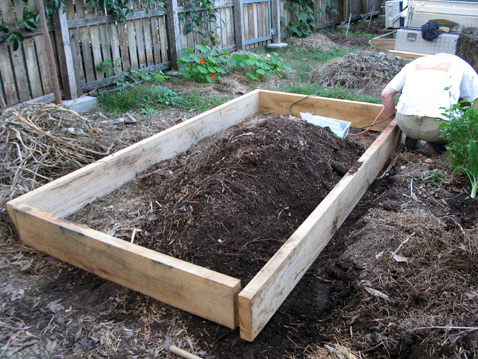I've been saving up the cast eggs from this one mould I made a while back, in honour of an odd little egg that one of my Ma's chooks laid. Her name is Major Hoolihan, and she got her name because she's very neat and somewhat busty-looking, like her namesake from M*A*S*H.
That's her odd little egg, alongside a regular-sized bantam hen egg. Normally she lays eggs of a decent size, so I don't know what she was thinking that day.
Anyway, every time I've poured a batch of plaster lately I've been pouring into that one tiny mould, too, and so now I've got over 20 casts of this egg. I mixed up a batch of pale blue acrylic and painted the lot of them at once. Speckles, too. I had another chevron wall hanging in mind.
After the cacophony of colour that has been characterising these wall hangings of late, I'm pleased with the muted peacefulness of this one. With all the possibilities suggested by eggs (whether symbolic (rebirth, hopes for the future, etc) or practical (omelet, chocolate mousse, etc!), I think this would look lovely in a child's room.
Followers of Kuberstore on Facebook will have already seen these in-progress photos of a little nest I've been working on. I'm currently preparing for the next BrisStyle Indie Market in City Hall, and I was fraying the edges of a piece of linen to use as a tablecloth. Afterwards I was left with a huge handful of these wonderful stormy grey linen threads. I took a needle, threaded it up with a piece, and started working it through the handful, shaping as I went.
I was initially planning to use a single large white plaster egg with this nest, but thought I might try out a special speckled one instead. I used a few layers of watercolour paint as the base colour (which allows the nice texture of the plaster to come through, especially if I rub it back with paper towel while it's still wet) and then speckled it with white, followed by layers of satin varnish. I had to be very patient (and I'm the least patient person I know) because this is the first painted egg I've done that hasn't had a hanging loop in one end. I had to do it side-by-side and let it dry inbetween-times. Patience, Em!
So, it's finished, and is now available in my Etsy shop. This is something a bit new for me, and I'm quite liking the look, and the process. I might have to source some more linen and see what comes next!




















